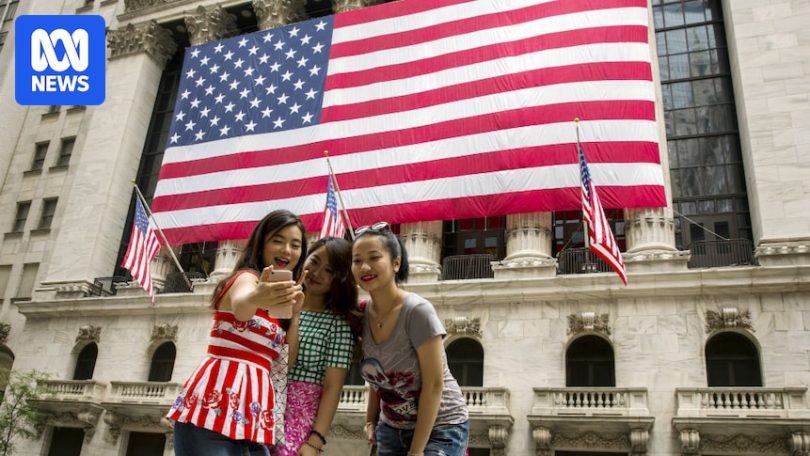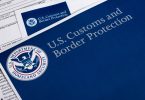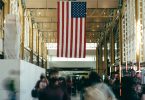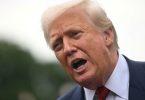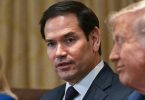The US Department of State has prepared plans to impose bonds of up to $US15,000 ($23,000) on certain tourist and business visas, according to a preview of the notice.
The 12-month pilot program will give US consular officers the discretion to issue bonds to visitors from countries identified as “having high visa overstay rates,” the notice to be published on Tuesday, local time, said.
It added that bonds could also be applied to countries “where screening and vetting information is deemed deficient, or offering Citizenship by Investment, if the alien [applicant] obtained citizenship with no residency requirement”.
But the notice does not specify the countries that meet this requirement, noting “until the Pilot Program countries are selected, the Department is unable to estimate the number of visa applicants that will fall within the scope”.
The pilot visa program is expected to take effect in two weeks, on August 20, and last a whole year.
Consular officers will have three options for visa applicants subjected to the bonds: $US5,000, $US10,000 or $US15,000, but will generally be expected to require at least $US10,000, the notice said.
Travellers will get their bonds back when they depart the US in accordance with the terms of their visas. If they do not comply, the bond deposit will be forfeited.
Pilot program to inform future use of visa bonds
The US State Department said in the notice that the pilot program would help assess the feasibility of processing and discharging bonds for tourist and business visas.
It would also “inform any future decision concerning the possible use of visa bonds to ensure nonimmigrants using these visa categories comply with the terms and conditions of their visas and timely depart the United States”.
Further, if the program is deemed feasible, the department said “it would serve as a critical diplomatic tool to compel other countries to address overstays by their nationals and to address deficiencies in their identity verification standards”.
The proposal comes as President Donald Trump’s administration cracks down on immigration to the US and tightens requirements for visa applicants.
He issued a travel ban in June that fully or partially blocks citizens of 12 countries from entering the US on national security grounds, mainly impacting people from the Middle East and Africa.
While the State Department is currently unable to estimate the number of applicants to be impacted by the visa bond policy, many of the countries targeted by Mr Trump’s travel ban also have high rates of visa overstays.
This could mean Chad, Eritrea, Haiti, Myanmar and Yemen will be affected. Other countries with high overstay rates include Burundi, Djibouti and Togo, according to US Customs and Border Protection data from the 2023 fiscal year.
The US Travel Association, a group that represents major tourism firms, said in a statement that the scope of the visa bond pilot “appears to be limited,” potentially affecting an estimated 2,000 applicants.
They will most likely be “from only a few countries with relatively low travel volume to the United States,” the association said.
Mr Trump’s immigration policies have led some visitors to skip travel to the US, with data showing the country is suffering a sharp decline in tourism, including an 11.6 per cent decrease in overseas visitors in March.
The US also experienced its sharpest decline in Australian visitors since the height of the COVID pandemic in March this year, with a 7 per cent drop. But new figures in May showed numbers were up again by almost 8 per cent compared to the same time last year.
The Australian Department of Foreign Affairs (DFAT) has toughened its travel advice for the US multiple times this year in response to the Trump administration’s increasingly harsh border controls.
While DFAT has not changed the US’s overall rating from green, which means “exercise normal safety precautions,” it has beefed up warnings about being detained at the border and requirements to carry identification inside the country.
“Check US entry, registration, transit and exit requirements,” it advises Australian travellers.
“Whether you’re travelling on a visa or under the Visa Waiver Program, ensure you understand all relevant terms and conditions before attempting to enter the United States.”



